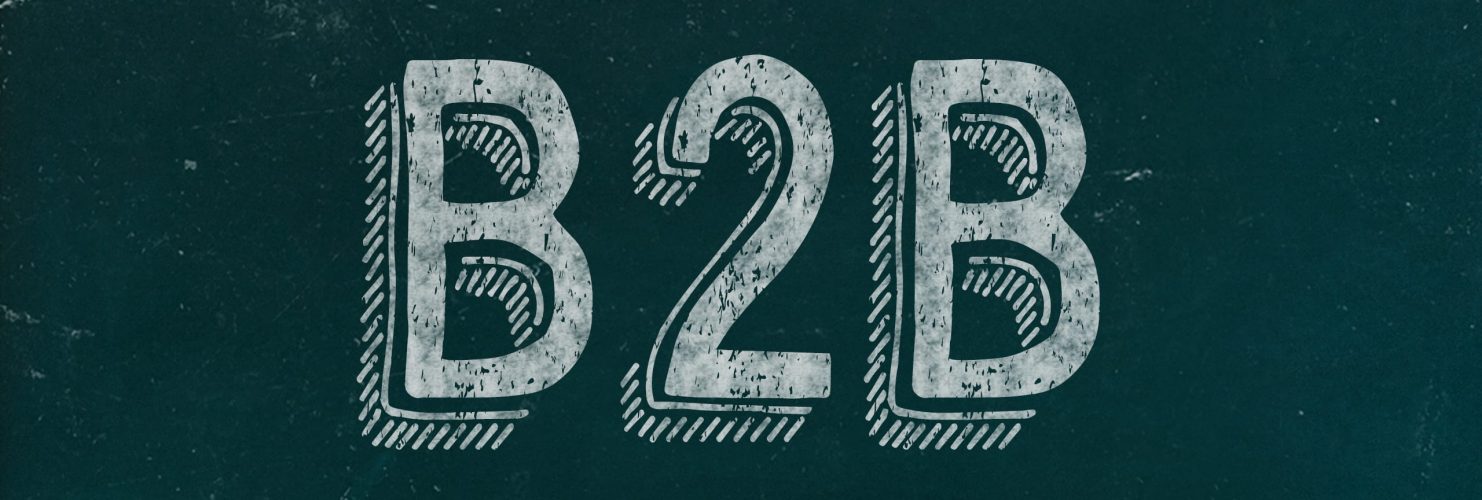CLV for B2B Part II
In my our blog post we discussed some of the difficulties regarding CLV for B2B and looked at some of the use cases once it is achieved. Whereas the prior post was all about customer focused use cases, this post will be about product related use cases.
Product in a Customer Centric World
We won’t be able to get away with just talking about product use cases without first explaining why it is so crucial when it comes to Customer Centricity. We are only just now awakening from our deep product centric slumber and leaders around the world are slowly learning to prioritize customer over product metrics. That however, does not mean that product isn’t absolutely crucial to your business ( after all, there wouldn’t be any customers without it). It just means we have a new (and better) lens to look at product now.
Use Cases – CLV for Product
As mentioned in my prior post, creating a good CLV model can be a challenge for B2B companies. This can be a great opportunity to create a competitive edge to your rivals. Whoever finds the best formula first will have significant benefits not only when it comes to customer metrics, but also when it comes to creating better products for these customers.
Product Selection
There is of course the obvious question of which products are bought by your best customers. This can drive the direction of your business and make sure you are at your most profitable. There are other strategic decisions as well, that can be hugely beneficial to your business. A good example for this is to see what sort of products change customer behavior. Some products can turn a mediocre customer to a great customer, some products can reduce attrition dramatically, some other products can cause frustration with the company as a whole. The products that you offer should be hugely influenced by how they affect the purchase behaviors of your customers and not just by the profit margin.
Feature Development
What’s true for products is also true for individual features. This could arguably be a subset of customer success, but such an important one, that we’ll give it its own section. When improving your products for your customers it is important to disproportionately listen to your most fanatic customers. If you make sure you have a good rapport with your highest CLV customers and just as with products focus on features that help them most or maybe even make them even more valuable. Good feature development can help you in various ways; decrease attrition, improve client trajectories, and even win new clients. Having truly customer centric analysis tools in your bag when it comes to feature development can set you apart from the competition.
Supply Chain
This example might only be applicable for a subgroup of B2B organizations, but it can still have a huge payoff for those who use it. Supply Chain management can be the “make or break’ point for a business trying to stay competitive and/or trying to optimize. In the real world there are shortages, there are the questions on where to most efficiently store your goods and decisions and on what needs priority shipping. In each case it can be extremely helpful to have CLV as a guiding light to which customers should have priority over others. I am not saying that you should neglect your mid-low tier customers, but simply that you could use CLV as a helpful rule of thumb when having to make difficult decisions.
If you found this read useful please also check out PART I which focused on product related use cases or go to our website and find out more about CLV related content. We at First Retail are working hard to make Customer Centric Strategy accessible for all business models and would love to help you as well.

